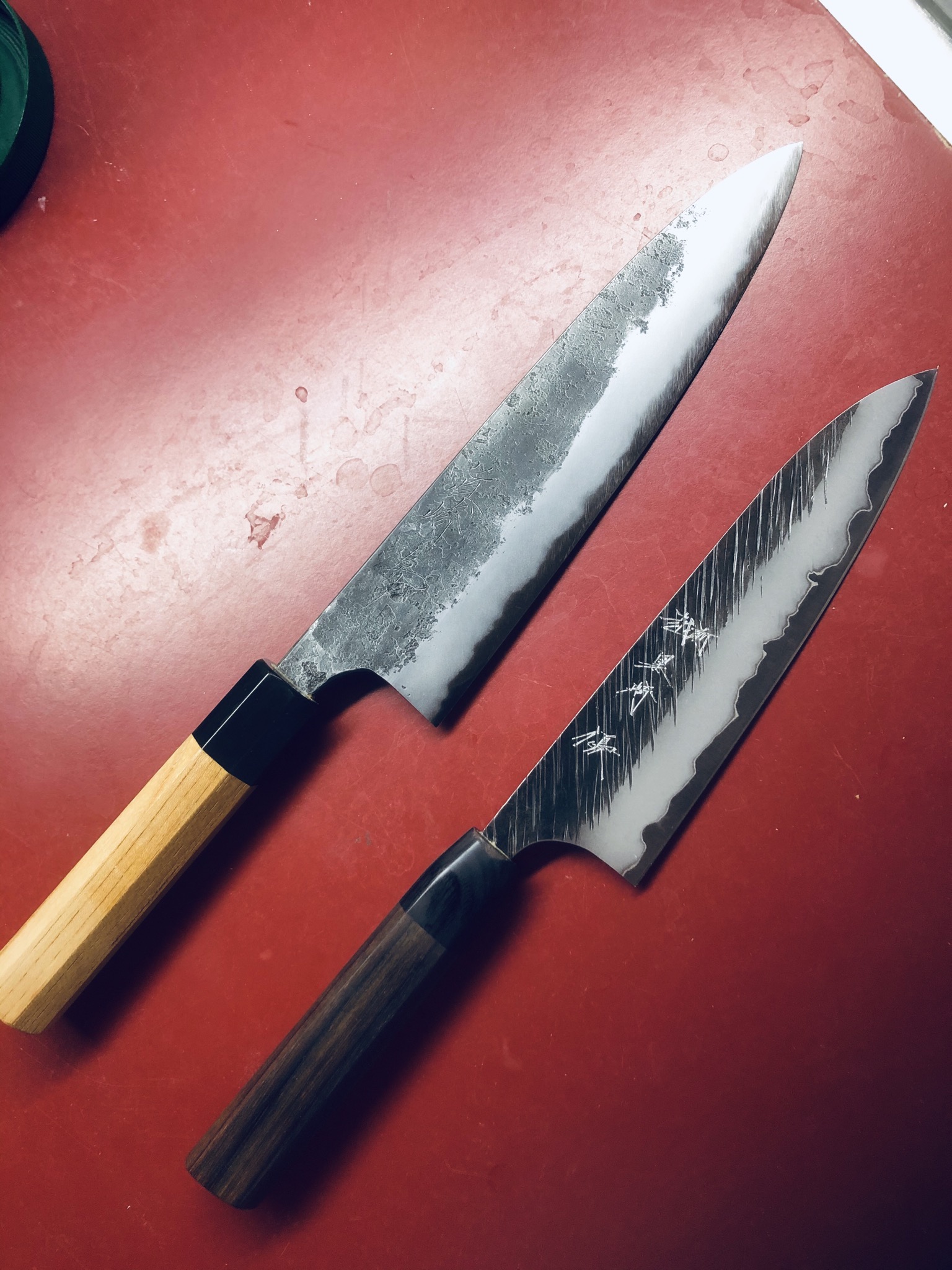Can anyone tell me how to do this?
I mean the frosted cladding on a polished core? Also, the double lines?
I’d like to do it to the Mazaki in picture as well as my TF which has no contrast. Given the amount of knives Kurosaki crank out, it’s unlikely to be Jnat?

I mean the frosted cladding on a polished core? Also, the double lines?
I’d like to do it to the Mazaki in picture as well as my TF which has no contrast. Given the amount of knives Kurosaki crank out, it’s unlikely to be Jnat?





